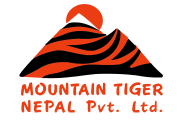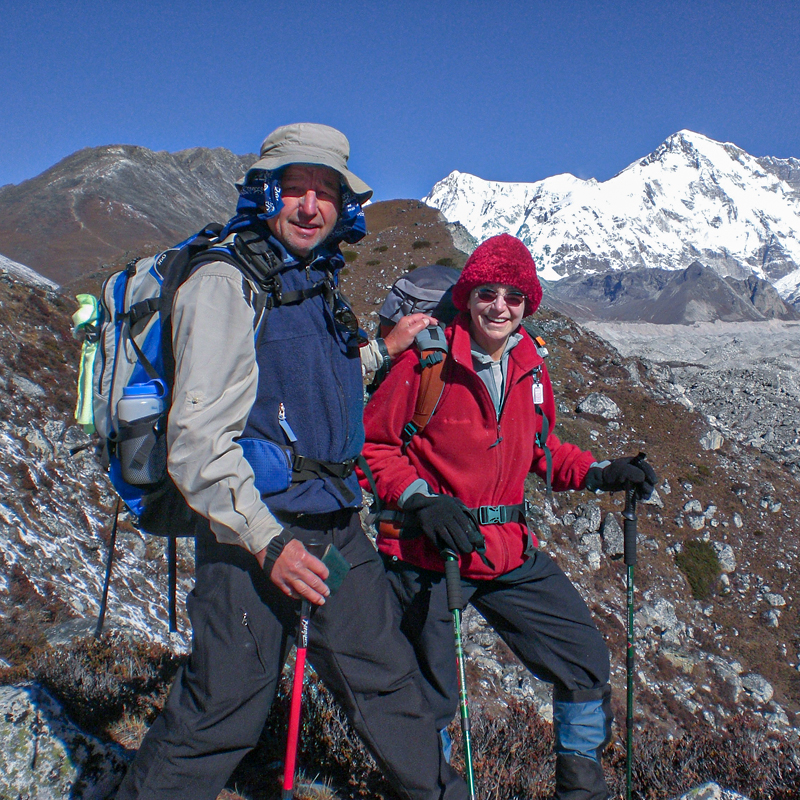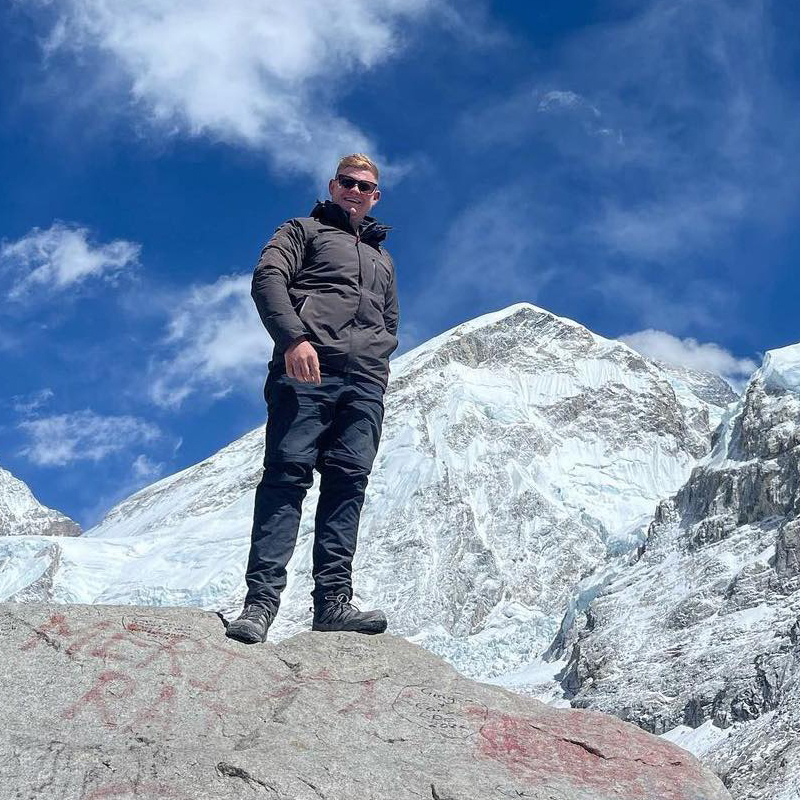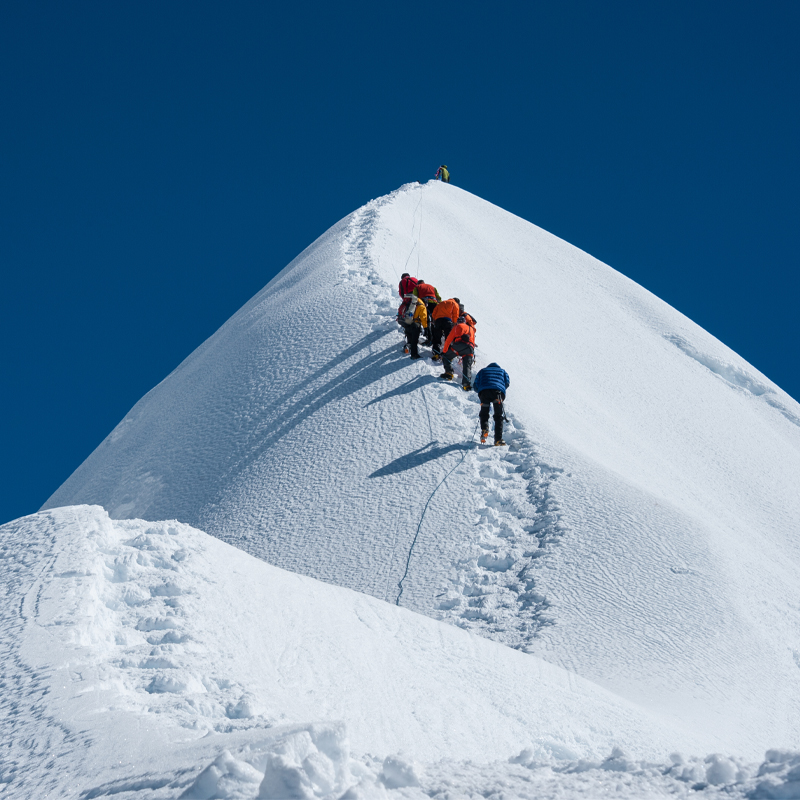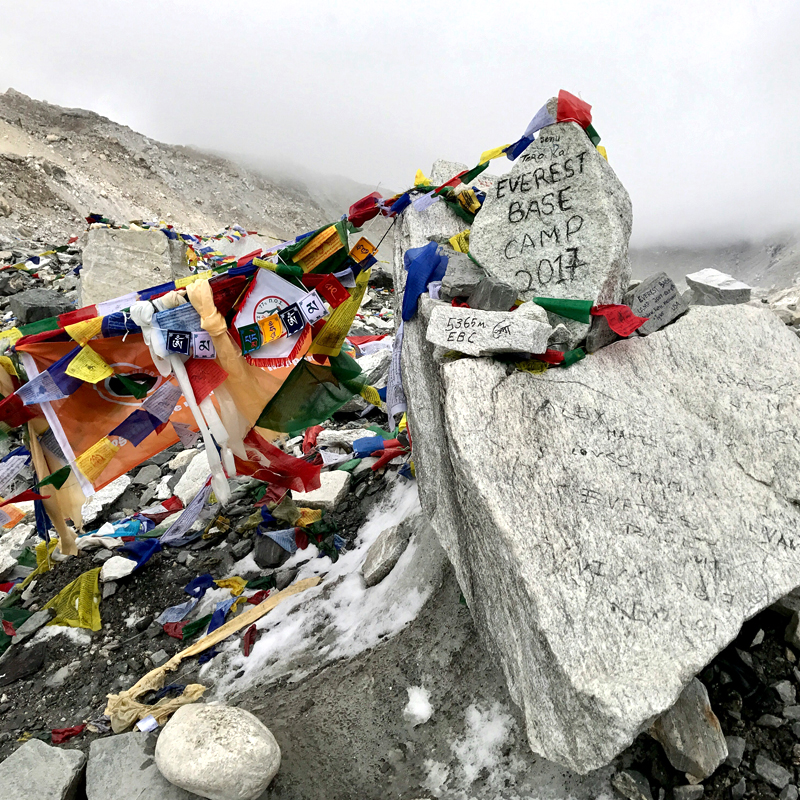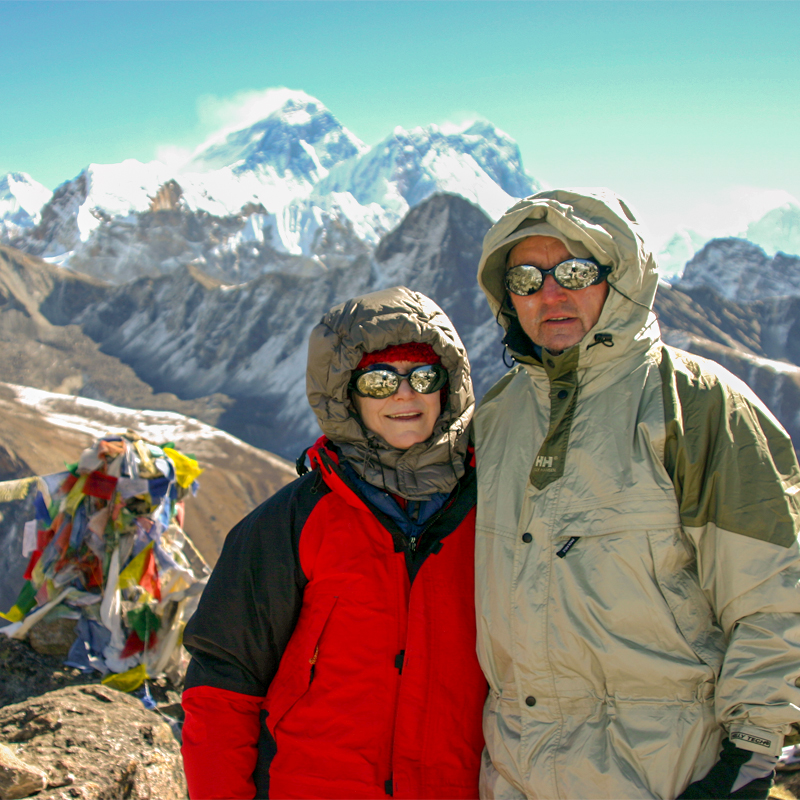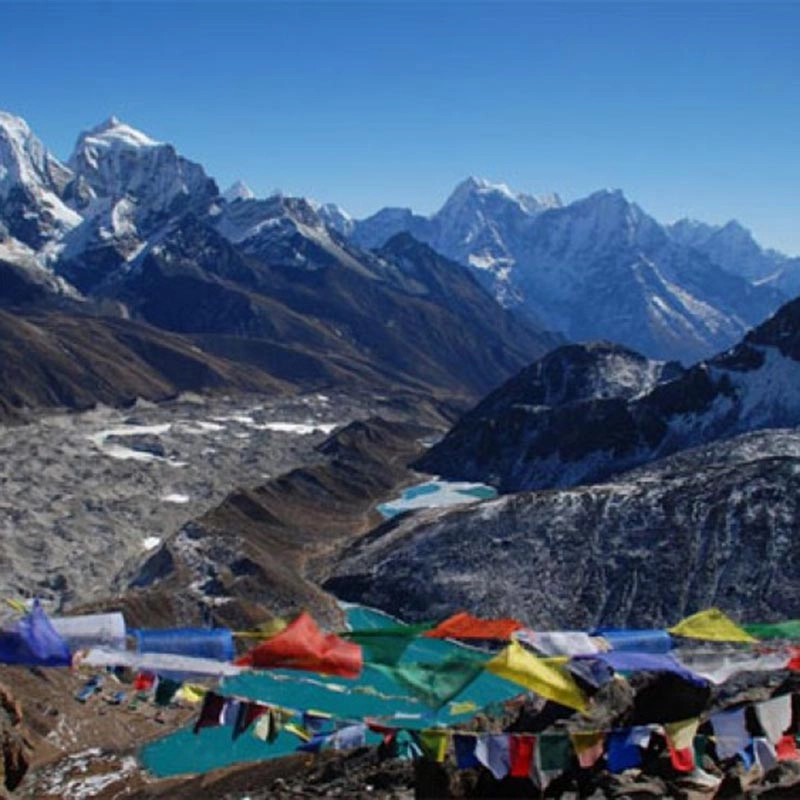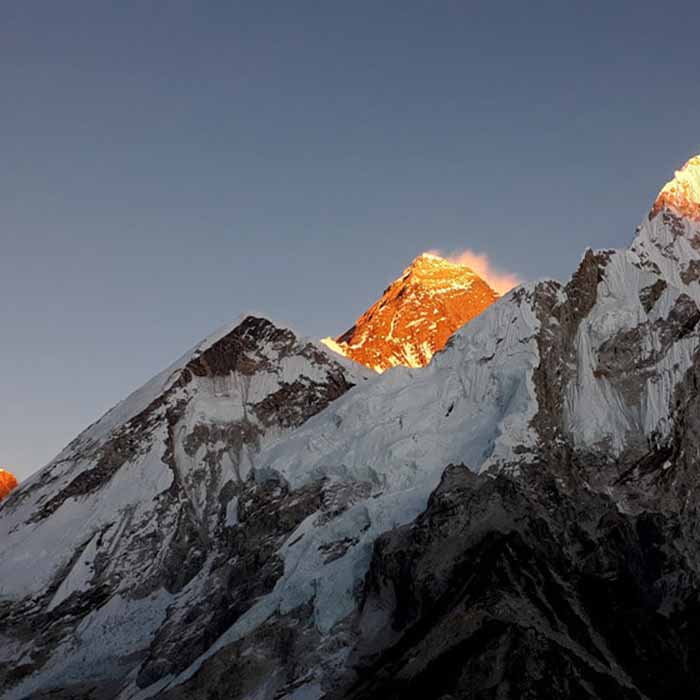Time : Sightseeing Only
Max Altitude : 1,440 m
3 Star
Breakfast
- After breakfast at the hotel, we start our day by visiting Kathmandu Durbar Square, designated as a UNESCO World Heritage Site in 1979, it is a significant cultural and architectural landmark. It served as the royal palace of the Malla kings who ruled over the Kathmandu Valley from 1201 to 1779. The architecture reflects the rich artistic and cultural heritage of the Newar people, who are indigenous to the valley.
- We then make our way to the Swayambhunath Stupa, also known as the Monkey Temple, is one of the oldest and most important sacred Buddhist site located on a hill in Kathmandu. It was listed as a UNESCO World Heritage Site in 1979. The stupa's name, Swayambhunath, means "self-existent one" in Sanskrit, indicating its ancient origins.
- After lunch, we head to the Pashupatinath Temple, another significant religious site in Kathmandu, designated a UNESCO World Heritage Site in 1979. It is located on the banks of the Bagmati River and is dedicated to Lord Shiva, one of the principal deities in Hinduism. The temple is not only a religious site but also an important pilgrimage destination for Hindus from Nepal, India, and beyond. It is believed that a visit to Pashupatinath and offering prayers here can cleanse one's sins and lead to spiritual liberation.
Our day of sightseeing concludes at the Boudhanath Stupa, which is believed to have been built in the 5th century, making it one of the oldest and holiest Buddhist sites in Kathmandu Valley. It is a UNESCO World Heritage Site and a prominent symbol of Buddhism in Nepal. The stupa is a massive structure with a dome-shaped base and a towering spire, adorned with the watchful eyes of the Buddha painted on all four sides. These eyes, known as the "Eyes of Buddha" or "Wisdom Eyes," symbolize the all-seeing and compassionate nature of the Buddha.
